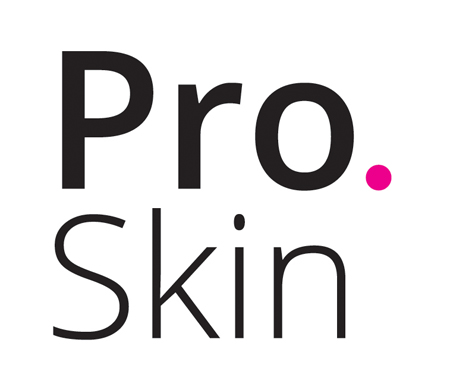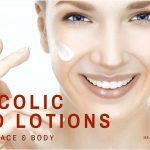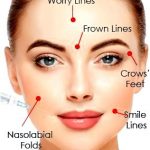
Light-emitting-diode (more generally referred to as Brought) light-therapy devices happen to be extremely popular in skincare lately. Our smart beauty author Rio Viera-Newton has covered a number of them here, from Neutrogena’s highly Instagrammable light-therapy mask (which utilizes both blue and red light) towards the handheld Foreo blue-light device for acne, but odds are you’ve seen them appear on Instagram or online, too. They’re billed as skin-enhancing devices using the possibility to improve acne, decrease oil production, as well as soothe inflammation, but exactly how effective could they be really?
“There is science to aid it, so it isn’t voodoo,” states Angela Lamb, director from the Westside Mount Sinai Skin care Practice, “but it’s vital that you know its limitations.” Exposing the skin to various types of low-level Brought light comes with anti-microbial and anti-inflammatory benefits, and that’s why they’re generally employed for treating redness or acne. These at-home products are basically a less expensive, easier (less effective) form of the Brought light treatments generally obtainable in a dermatologist’s office.
There are a number of at-home light treatments available — Skin, Corporation.’s buzzy Brought device known as the Tri-Light uses red, blue, and yellow light — but typically what you will see in stores are the ones harnessing blue or sore point (or perhaps a combination). Blue light is really a shorter wave length that destroys acne-causing bacteria around the skin, while sore point penetrates much deeper to assist with inflammation, but Hooman Khorasani, the main from the division of Dermatologic and Plastic Surgery in the Icahn Med school at Mount Sinai, states that both blue- and red-light box therapy “may reduce how big the skin oil glands, which means you don’t produce just as much oil.”
Khorasani states that overall there’s some evidence because of its effectiveness in improving redness and acne, but could be reluctant to ever recommend at-home light box therapy for “anti-aging” purposes, as it’s sometimes marketed. “There exist several small trials which have proven modest effectiveness of these at-home devices [at improving acne], mostly varying from 30-50 percent improvement,” he states. “Benefits usually can be viewed as soon as a couple of days, plus they still build within the first 2 to 3 several weeks following the treatments. But there aren’t any robust numerous studies evaluating these units mind-to-mind in order to other acne skin care treatments.”

Even though light box therapy might not work with wrinkles and might not be a super tool for acne, both professionals state that there aren’t really downsides if you are prepared to try it out. Both light treatments happen to be proven to become relatively safe, with minimal negative effects. For acne, Khorasani notes that Brought devices won’t replace acne fighters like retinoids rather, they must be used in collaboration with a multipronged plan for treatment — rather than for very severe acne. If you’re mixing all of them with retinoids, Lamb also suggests alternating the times you utilize either of these, to prevent photosensitivity. Below, their recommendations for the Food and drug administration-approved devices that might help together with your zits.
Resourse: http://nymag.com/strategist/article/

 Proskin Clinics
Proskin Clinics 
